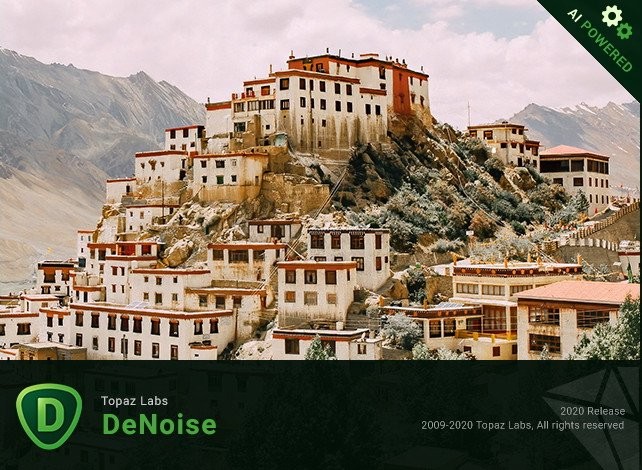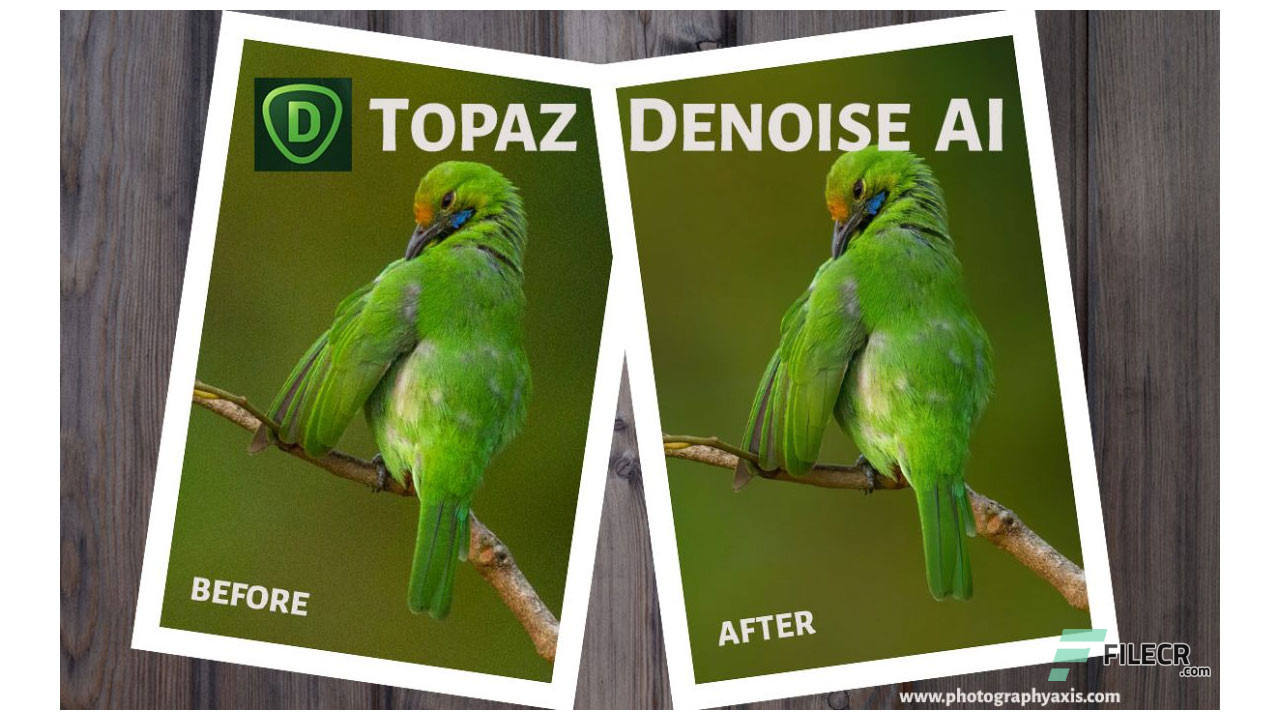
This is turning out to my very favorite Topaz product because I do not often shoot with a tripod and it has saved me on many occasions. The above image also had Topaz Sharpen AI applied after Topaz DeNoise AI from above. If there is color noise in your image, moving the Color Noise Reduction slider is very useful – a Size slider will appear where you must decide how much more of the image each pixel will look at – Joel says 0.50 is a good setting for this. Looking at other images, it appears most people use Recover Original Detail somewhere around 25 to 35 for a setting. It helps add some detail back when the image looks too smooth, especially with Portrait images – it definitely helped this flower image too. Still not clear on this, but it does seems to improved some images. What does the Sharpen slider do if there is a Recover Original Detail slider? According to Topaz, “It sharpens the details in your image since removing noise can sometimes soften the details in images, this allows you to retain that sharpness after processing your image.” The Recover Original Detail slider allows for refinement of details in the image to achieve a more realistic look if it appears that DeNoise AI has over-corrected the image.
Topaz denoise ai update update#
And yes, keep hitting the Update button to see the change if Auto Update is turned off. When adjusting these sliders manually, I usually over-adjust the Remove Noise amount, then move it back to the correct setting. To me the Auto button does not recognize the correct amount of noise in my images, so I do not use it.

Also note that at the top there is a Brightness button – it sometimes helps to see the noise better. Below is the screenshot of what DeNoise AI was able to do to clean up this image – it may appear a little soft looking here, but at 100% it is still pretty sharp.įirst, turn off the Auto-update preview or your computer will go nuts running all the time – just remember to click Update when ready to see the changes. The image above was taken in low evening light using 2000 ISO, which is unheard of for me and my camera.

Topaz denoise ai update iso#
I have an older DSLR camera and the higher ISO setting images show lots of noise – this program has been a life-saver for me as I want to take those night-time shots too. DeNoise AI has the ability to find just the noise in the darker (or lighter areas) areas and leave other noise-free areas alone. More noise will show up in the shadows and with the newer cameras especially, the ISO can be cranked way up to get that all-important detail. So why use DeNoise AI? It is especially good for images set to a higher ISO, especially with lots of dark areas like night images. DeNoise AI also includes AI Clear and I will discuss that in more detail below.

It has been greatly improved with each revision. They have upgraded DeNoise AI several times since it was first released a year ago.
Topaz denoise ai update software#
Lots of photographers do their RAW processing first, then use DeNoise AI, and finally apply Sharpen AI – both programs can be reached directly from ACR, Lightroom, OnOne, and several other software programs or from within Photoshop as a plugin. So here is my take on what is going on and how I am using these products.Īlways apply Topaz DeNoise AI (or any denoise product for that matter) first before applying Topaz Sharpen AI (or any sharpening filter) – you do not want to sharpen any noise residing in your image. This week I finally got some answers in a couple Topaz (see sidebar of my Tidbits Blog for website link) Webinars that Joel Wolfson did in the last few months. I actually had this blog half-drafted a whole year ago and did not publish it as I could not figure out exactly what was going on.

I was going to do a review of the updated Sharpen AI, but decided instead to write about when to use all these fabulous Topaz AI plugins since I think it is personally very confusing. WHEN DO YOU USE TOPAZ DENOISE AI, SHARPEN AI, AND AI CLEAR?


 0 kommentar(er)
0 kommentar(er)
